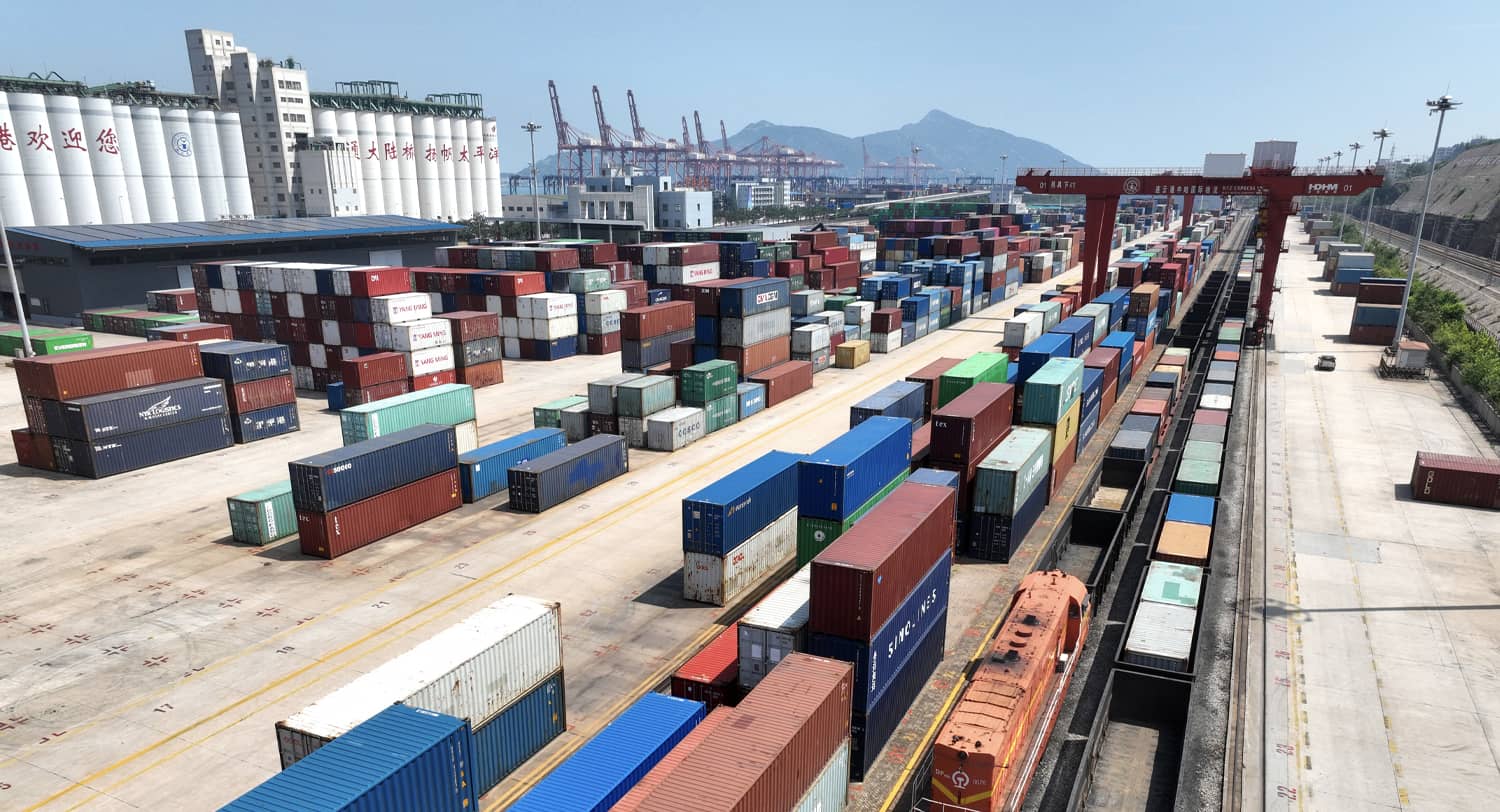Development of the Trans-Caspian corridor would shift trade and energy routes between Europe and Asia to favor Western commercial and strategic interests.
Over the past decade, global trade infrastructure has been transformed by China’s economic rise and its strategic investments in trade routes. Central Asia, the “belt buckle” on China’s Belt and Road Initiative, is having to rethink where and how it connects with the rest of the world and how it serves as a transit point for the giant Eurasian landmass.
The ongoing war in Ukraine has disrupted trade and energy routes that transit Russia. The so-called “Northern Corridor,” which was once a critical artery for trade between Europe and Asia, is now fraught with uncertainty owing to sanctions on Russia and instability in the region.
China and not just the West is a source of funding for infrastructure development. China is the primary trading partner for 120 countries, a dramatic shift from just 25 years ago when the United States held that position for a majority of the world. China invests surplus dollars in hard assets including infrastructure. These investments are not just about immediate economic gains but also about securing long-term strategic assets. By moving its wealth away from dollar-denominated assets into more tangible, infrastructure-based investments such as pipelines, ports, and airports, China seeks to position itself as the central hub of the 21st-century global economy.
Central Asia is in a rough neighborhood with four major alternative options to the Northern Corridor.
The first option is more trade through Iran, a country with significant geographic advantages. However, Iran’s potential as a trade hub is hampered by the heavy sanctions imposed by the United States and its allies. Iran sanctions are not going away anytime soon. And there is slim hope that Central Asia could get a “sanctions waiver” from the West. The 2018 waiver granted by the US for the use of an Indian Ocean port in Iran for humanitarian purposes was a rare exception and not indicative of a broader policy shift. Thus, relying on Iran as a major trade conduit remains a risky, unlikely option.
A second option involves routes through Afghanistan and onwards to Pakistan. One such project is a rail link estimated to cost $4.8 billion; its construction would take several years (at least), and Afghanistan’s security situation poses a serious risk. With up to 23 major terrorist groups are operating in the country, infrastructure projects like this could become prime targets. There is also the issue of when the West might recognize the Taliban. If the Taliban were recognized, funding from the Asian Development Bank or the World Bank might become available. If the Taliban were not recognized, perhaps Qatar, Saudi Arabia, the Gulf States, China or Russia might fund this project.
Another Afghanistan project is the Turkmenistan-Afghanistan-Pakistan-India (TAPI) oil and gas pipeline, a project that has been on the drawing board for nearly three decades. While this pipeline has the potential to become a significant energy corridor, its realization has been thwarted by a range of issues, including security concerns in Afghanistan, financing difficulties, and regional political rivalries.
A third option involves building additional rail links between Central Asia and Western China, namely Xinjiang Province. There are agreements on Uzbek investments, Kyrgyz loans, and Chinese funding; this rail link could be financed solely by China. However, there are political sensitivities in the West related to Xinjiang (read “where the Uighurs have traditionally lived”) that might or might not hamper support by the international financial institutions. An infrastructure project in Xinjiang would face international scrutiny.
Given the challenges associated with the three options above, the “Trans-Caspian Corridor” (also known as the “Middle Corridor”) emerges as attractive and feasible. This route, which spans the Kazakh and Turkmen coasts along the Caspian Sea, and onward to the Caucasus, Turkey and Europe, offers a viable pathway for trade. Key ports along the route, including Aktau, Kuryk, and potentially Turkmenbashi, are critical nodes as well as the ports on the other side of the Caspian in Azerbaijan. Looking at the map, increasing connectivity through the Trans-Caspian implies that the West will have to deepen its ties to Azerbaijan, the linchpin in the route.

The Trans-Caspian Corridor’s strategic value is magnified by the current geopolitical climate. As long as Russia remains isolated due to sanctions and geopolitical tensions, this route will continue to attract increased attention. Countries like Azerbaijan and Turkey, as well as Kazakhstan and Turkmenistan, stand to benefit enormously from enhanced infrastructure development along this route.
The Trans-Caspian Corridor has been operational for many years and has seen a massive spike in traffic over the last two years. Increasing investment in it would allow the US and its allies to facilitate alternative trade routes that circumvent more problematic areas, while also countering China’s growing influence in global trade infrastructure. The real opportunity for Western investment lies in making this route more competitive – faster, cheaper, and more efficient.
The West should also take a proactive role in supporting the development of ports along the Caspian Sea. This is not just about building infrastructure; it’s about shaping the future of global trade in a way that aligns with US interests and values.
This is not a mutually exclusive endeavor; all routes through Central Asia will likely be developed and used to some degree. The ideal outcome for Central Asia is a multiplicity of viable and effective trade routes, a goal that the West should support by strengthening the routes that avoid Iran, Afghanistan and Russia.



